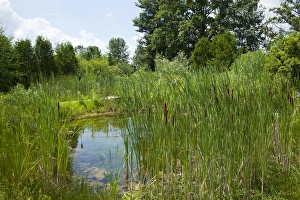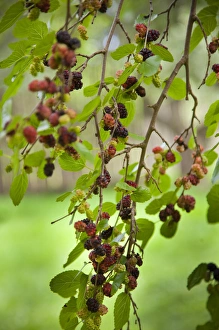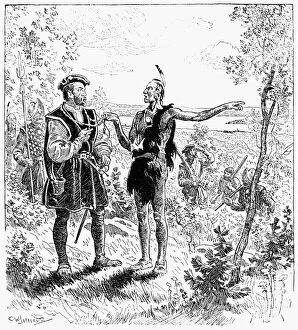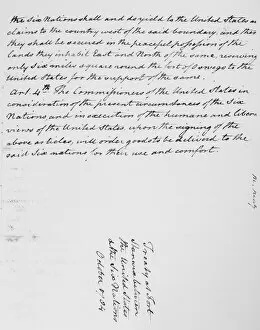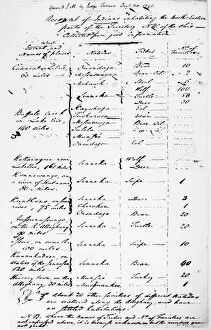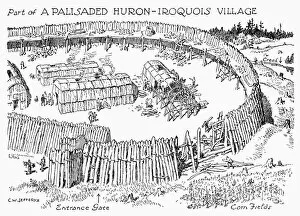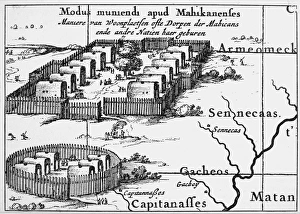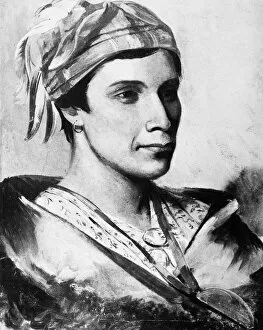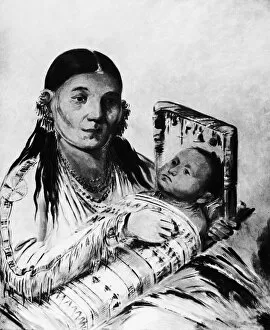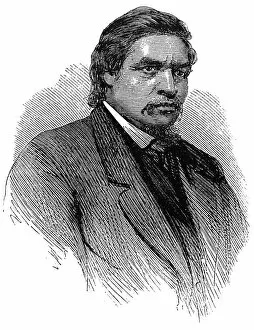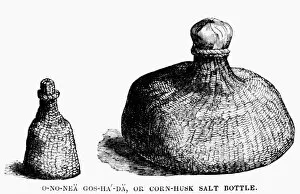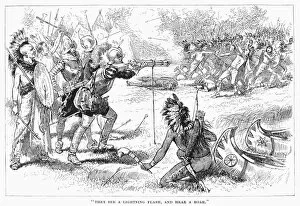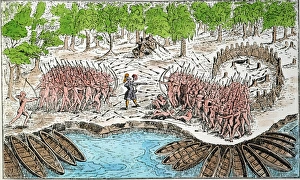Iroquois Collection (page 5)
"Iroquois: Exploring the Rich Heritage and Legends of a Native American Tribe" Discover the captivating Iroquois creation myth
All Professionally Made to Order for Quick Shipping
"Iroquois: Exploring the Rich Heritage and Legends of a Native American Tribe" Discover the captivating Iroquois creation myth, where Sky Woman plays a pivotal role in shaping their world. Uncover the inspiring story of Kateri Tekakwitha, a remarkable figure who left an indelible mark on Iroquois history. Explore the vast territories that were once home to various American Indian tribes in 1715, showcasing their diverse cultures and traditions. Travel back in time to witness the shifting landscapes of American Indian tribe locations around 1700, tracing their historical footprints. Immerse yourself in NATI2A-00044's stunning depiction of racial harmony through Iroquois fishing practices, highlighting unity amidst diversity. Meet Red Jacket, Seneca chief Sagoyewatha, as you delve into his life through an exquisite steel engraving from 19th-century America. Witness Canada's Native American War unfold as Hurons gather to confront the Iroquois in New France during the tumultuous 17th century. A wood engraving offers a glimpse into this historic conflict. Join Champlain and Huron Indians on their journey across time as they navigate cultural encounters and forge alliances that shaped North America forever. Experience racial dynamics within Westward expansion through thought-provoking images capturing moments between different communities and the Iroquois people. Step into 1904 with rare photographs documenting everyday life among Canadian Iroquois Indians – a window into their vibrant culture and resilience.



